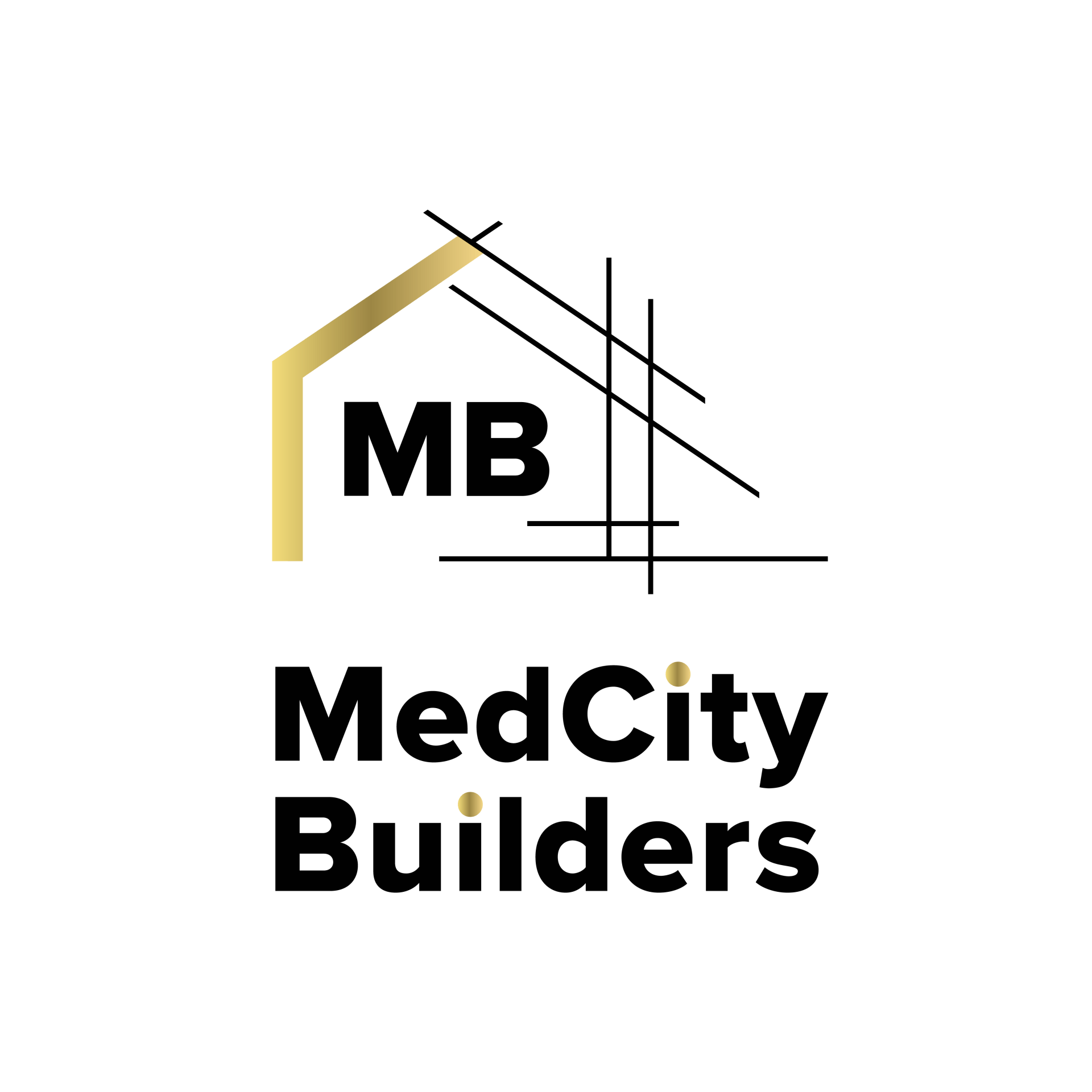New Home Construction Build Process
What Is the Process of Building a Custom Home?
Now that you have gone through the Design Process and Financing is in place, your new home building process can begin!
The custom home building process is an exciting time. At Med City Builders, we deliver a streamlined and professional build from the first scoop of soil to the last piece of trim. The process of building a custom home typically follows this trajectory:
- Prepare site. This includes clearing topsoil, grading, and leveling.
- Install the foundation.
- Frame the house. This includes the framing of walls, subfloors, and roof.
- Install rough electrical, plumbing, and HVAC.
- Insulate.
- Install interior and exterior textures. Typically, this is drywall on the interior and siding/stone on the exterior.
- Finish driveways, walkways, etc.
- Finish interior trim and detail.
- Install flooring, countertops, and fixtures.
- Finish installing shower doors, mirrors, flooring, and landscaping.
- Complete walk-through with the owner.
How Long Does It Take to Build a New Home?
This depends heavily on what type of home you are building and what is involved, but most homes of $600,000 or less are completed in less than four months at Med City Builders. We have built much larger projects that have taken up to 8 months to build.
How Does a Construction Loan Work Through The Process?
Generally, a construction loan starts after you have a set of house plans and a cost estimate. A construction loan will typically cover the cost of the land plus the cost of the house, meaning the lender will need to see plans, a detailed cost spreadsheet, and a schedule for the build.
A construction loan is paid out in phases during the build, which necessitates communication between the builder, the owner, and the lender. The lender will personally investigate during construction to ensure appropriate progress. While construction is occurring, you will only be paying interest — the actual loan payments begin after building is complete.
If you’ve taken a stand-alone construction loan, you will pay off the remainder as a separate mortgage after construction has ended. This is convenient for those who cannot afford a large down payment, though interest rates are subject to change. A construction-to-permanent loan, on the other hand, normally requires a larger down payment but transitions automatically to a standard mortgage after completion of the house.






